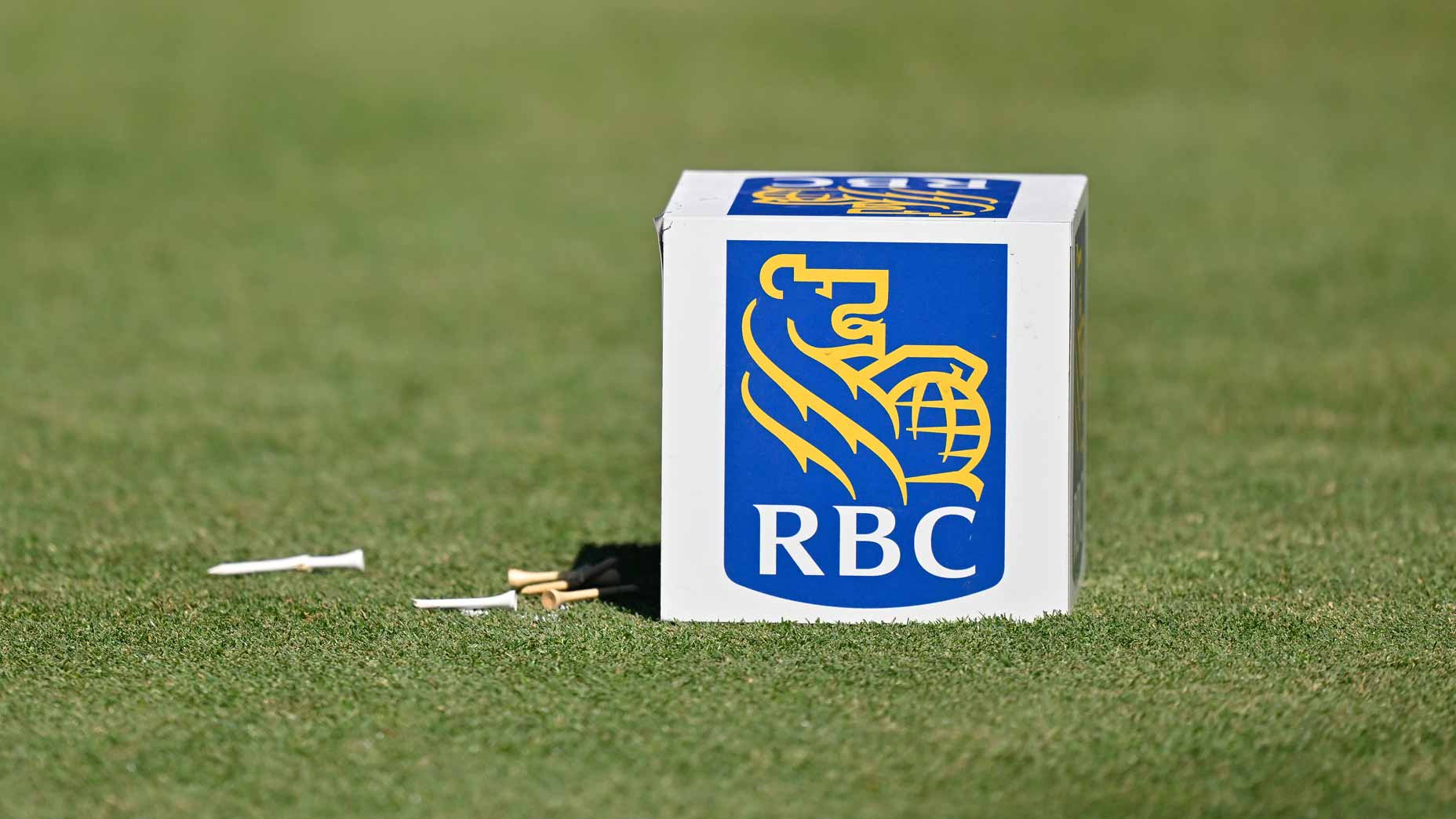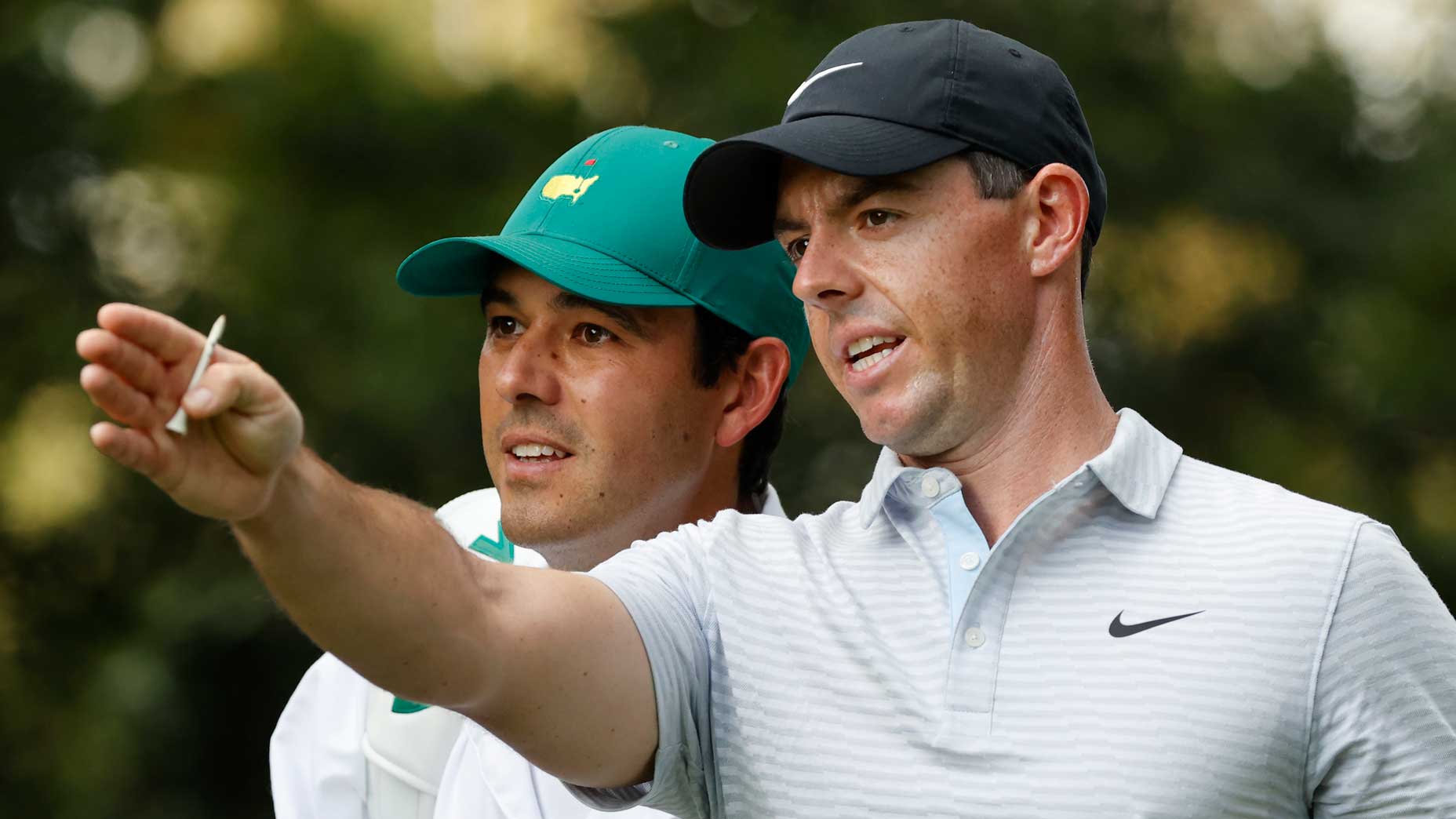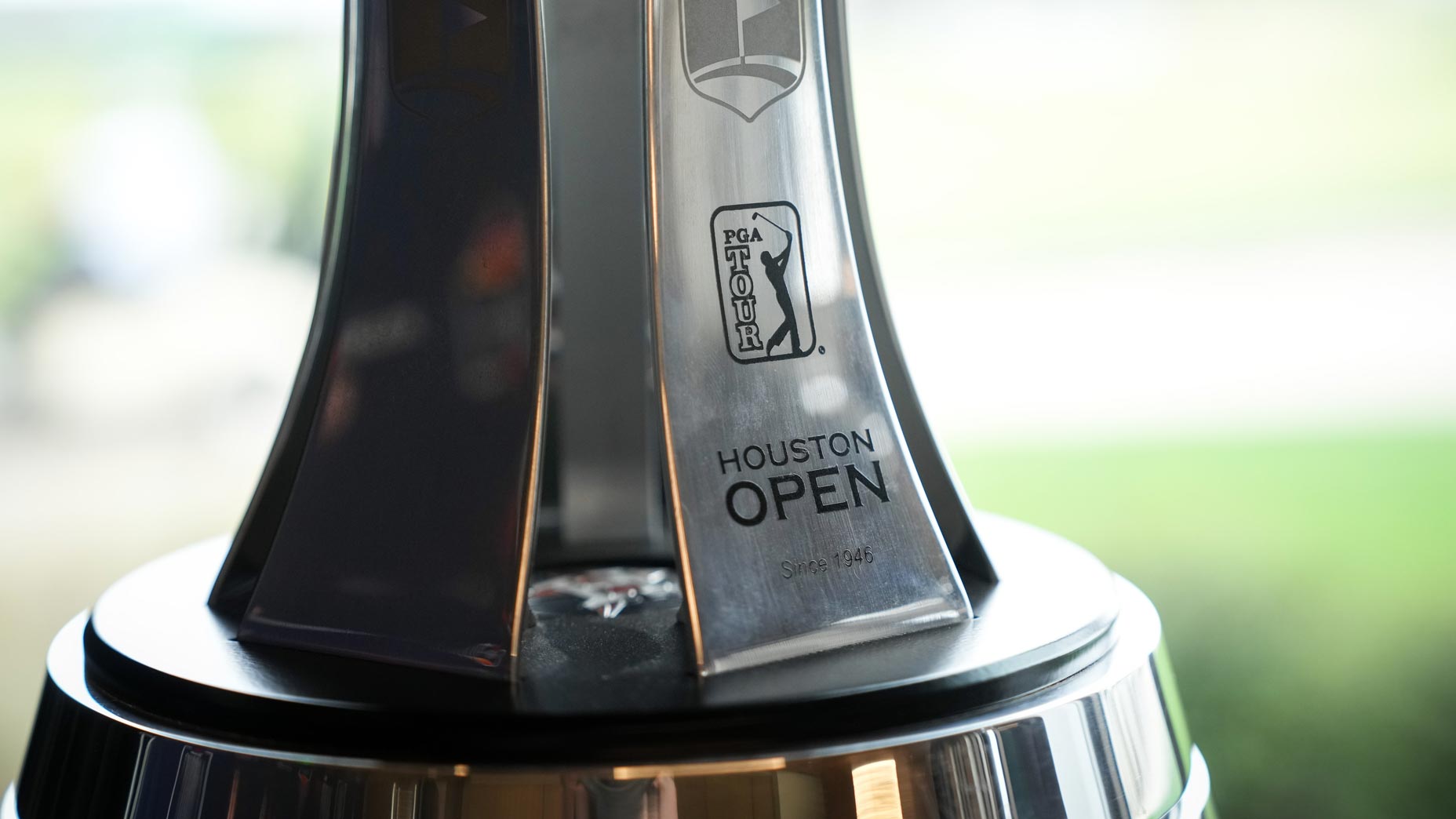SAINT-QUENTIN-EN-YVELINES, France — The Ryder Cup is over, the theoretically powerhouse U.S. team has laid an egg, and I owe a lot of people an apology. No, not to the smug Euro fanboys who are already exacting their pound of flesh in my Twitter mentions.
America, I’m sorry. I let you down. I saw so much potential in this team, and by laying out the case for long-term dominance — admittedly, a bit hyperbolically — I clearly sabotaged the U.S. chances. Judging by the tweets of everyone from Tommy Fleetwood to Sergio Garcia to Justin Rose’s caddie to vice captain Lee Westwood, the Europeans were galvanized to prove me wrong. How else can we explain such an unlikely result?
Looks like @AlanShipnuck can predict the future now so I wonder if he wouldn’t mind telling me the next 5 winning lottery tickets too! Unbelievable ? https://t.co/GzIxHGsoAY
— Sergio Garcia (@TheSergioGarcia) November 17, 2017
The good news is that, long-term, the U.S. team remains in an enviable position. The 2020 Ryder Cup will be played at Whistling Straits, a brawny ballpark on which the long-hitting Americans can exploit their power advantage, unlike the claustrophobic and quirky Le National. By the time of that Cup the average age of European pillars Francesco Molinari, Justin Rose, Henrik Stenson, Ian Poulter and Sergio García will be 41. The average age of foundational Americans Jordan Spieth, Justin Thomas, Brooks Koepka, Patrick Reed, Dustin Johnson and Rickie Fowler: 30.
Of course, predicting the future is risky business. When I wrote my infamous column last summer, Fleetwood was just a promising young pro with shortish hair, Molinari a likable veteran who couldn’t win the big one and Paul Casey (43 by the time of Whistling Straits) had renounced his European tour membership and was resigned to missing this Ryder Cup. This week, these three players were the biggest difference-makers in partner play as the Euros built their insurmountable lead.

A year ago, Phil Mickelson was questionable to make the U.S. team and Tiger Woods the longest of long shots. Given their pitiful 0-4 showing in foursomes/fourballs, they were not welcome additions to the team, and their bad juju helped break the spirit of their poor playing partners Reed and Bryson DeChambeau. Along with Jim Furyk, Tiger and Phil were the core players during the woebegone American epoch of 2002-14. At Le National, Woods’s brooding, downbeat presence and Mickelson’s scattershot play brought back lots of bad memories. Meanwhile, Furyk’s questionable decision-making and passivity at key junctures offered some insight into how he amassed a 10-20-4 Ryder Cup record as a player, one of the worst ever. In a classic bit of addition by subtraction, the U.S. will never again have to suffer this troika.
How else can I make it up to American golf fans for the temporary setback of this unfortunate defeat? Allow me to offer the reminder that 24 year-old Xander Schuaffele, 19th in the World Ranking, didn’t qualify for this U.S. team. Nor did Patrick Cantlay, 26, who is 22nd in the world. Or Kyle Stanley, 30, the flesh-and-blood Iron Byron who is ranked 27th. (It’s always been blindingly obvious that any of these precision players would have been a better fit than Phil at Le National but his pick will be the last vestige of the Generation X buddy system.)
So, in the end, the U.S. fell short but don’t be too discouraged, American golf fans. I’d like to take this opportunity to offer one final apology: Europe, I’m sorry, but a decade from now my bold prediction is going to look quite prescient.






